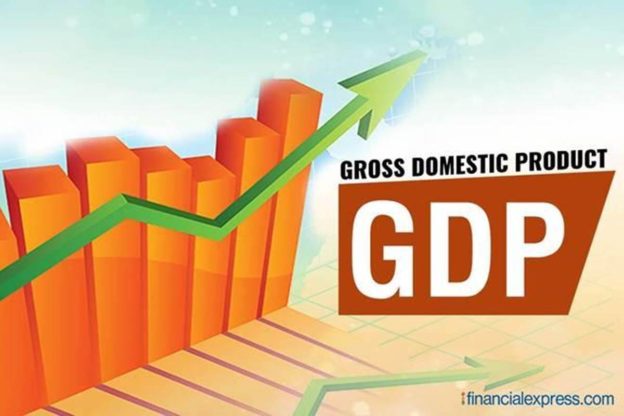However, the Reserve Bank of India’s (RBI’s) Consumer Confidence Survey shows that sentiments have yet not recovered to the pre-Covid levels, Sinha said. Wage growth both in the rural and urban areas has been declining since mid-2020.
India Ratings and Research on Thursday forecast the real gross domestic product (GDP) to grow 7.6% on year in FY23, against an estimated expansion of 9.2% in the current fiscal upon a sharply-contracted base.
The real GDP in FY23 will be 9.1% higher than the pre-Covid (FY20) level. However, the size of the economy in the next fiscal will still be 10.2% lower than the FY23 GDP trend value (had the Covid-19 pandemic not slammed the brakes on economic growth), it added. Persistent weakness in private consumption and investment demand is estimated to contribute 43.4% and 21%, respectively, to this shortfall, it reckoned.
Elevated imports, as witnessed in recent months, will continue to pressure current account deficit (CAD) in the next fiscal and the drag-down impact of net exports on GDP growth in FY23 would be higher than in FY22, India Ratings’ chief economist DK Pant said. Consequently, the CAD could worsen to 2.3% of nominal GDP in FY23 from 1.7% this fiscal.
The agency flagged continued risks to growth from tepid private final consumption expenditure, which is expected to drop from the pre-covid level in FY22. Robust pick-up in the PFCE, stressed the agency’s principal economist Sunil Kumar Sinha, is a must for a sustained recovery in economic growth.
However, the Reserve Bank of India’s (RBI’s) Consumer Confidence Survey shows that sentiments have yet not recovered to the pre-Covid levels, Sinha said. Wage growth both in the rural and urban areas has been declining since mid-2020.
More importantly, real (inflation-adjusted) wages are indicating an erosion of household’s purchasing power. Another important factor that has hurt consumption demand lately is an abrupt rise in the health expenditure of households in the wake of the pandemic. “These trends may be cyclical in nature, but the picture even at the structural level is not healthy for households. Household savings have declined and their leverage has gone up significantly since FY12, suggesting that a large part of the consumption demand in the past has been financed through either reduced savings and a higher debt or both,” Sinha said.
At the same time, while the government has renewed its focus on reviving growth through increased capex, private investments haven’t quite picked up and any increase in this critical segment is limited to a few sectors like steel.
However, the silver lining is merchandise exports will likely grow 18.3% on year in FY23, even on an inconducive base, supported by a global trade resurgence, the agency has estimated.
https://www.financialexpress.com/economy/gdp-likely-to-grow-7-6-in-fy23-india-ratings/2411985/





